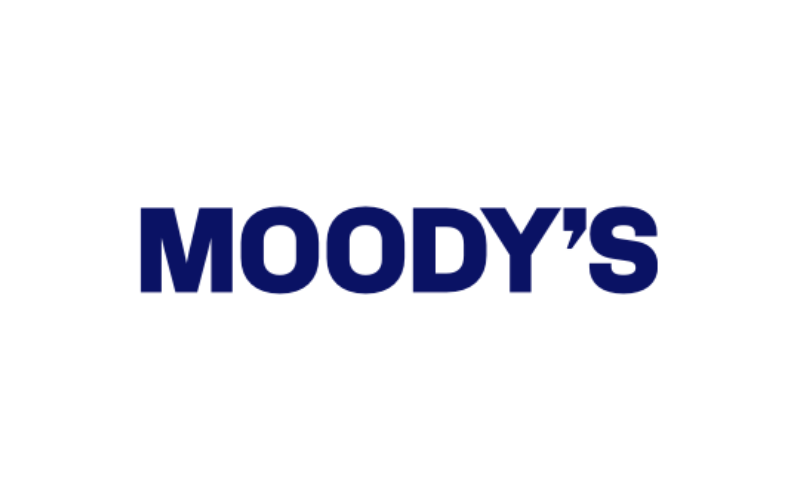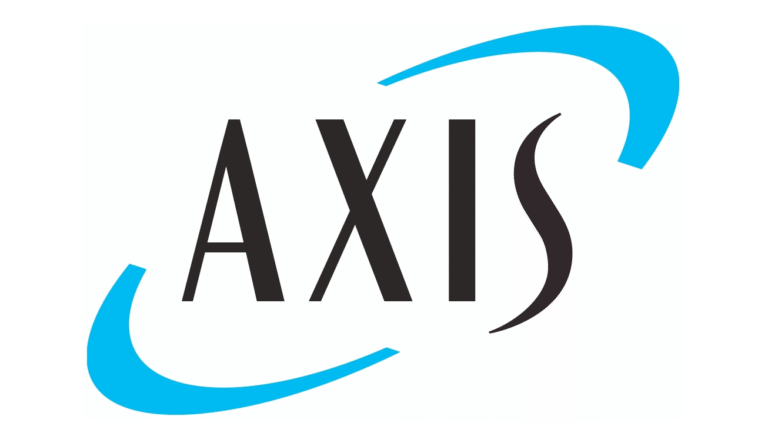
Catastrophe risk modeller Moody’s RMS Event Response has estimated private market insured losses driven primarily by wind impacts in Jamaica, with minimal contributions from other impacted Caribbean islands, including the Bahamas, Haiti, and the Turks and Caicos Islands, from Hurricane Melissa to range between $3-5 billion.

The estimate accounts for property damage and business interruption to residential, commercial, industrial, and automobile lines of business.
Additionally, it considers post-event loss amplification (PLA), including potential super-cat impacts due to widespread infrastructure damage to roads, power networks, etc., and non-modelled losses from extended business interruption and precipitation-induced flooding.
However, the estimate does not include losses for any government or sovereign protection programs covering Jamaica (Caribbean Catastrophe Risk Insurance Facility, International Bank for Reconstruction and Development cat bond, and National Disaster policies) resulting from this event, which include both traditional re/insurance and insurance-linked securities.
According to the risk modeller, wind damage, a minor contribution from precipitation-induced flooding, and storm surge will drive Melissa’s insured losses. While insured wind losses will be predominantly for commercial lines, including hotels, resorts, commercial multi-family dwellings, and high-rise buildings severely affected in this event, a significant portion of the loss attributed to business interruption coverages.
In Jamaica, insurance penetration varies by line of business. Usually, hotels have near-total coverage and strong limits. While take-up rates for other commercial lines are also high, as most businesses have some insurance coverage, there could be significant underinsurance due to inadequate limits.
However, in contrast, personal lines take-up is quite uneven, with very low coverage for single-family dwellings, particularly outside affluent neighbourhoods in urban areas. Due to the protection gap, Moody’s expects many households and businesses to be vulnerable to severe financial and social disruption from Melissa’s impacts.
Moody’s explained that Hurricane Melissa made three landfalls: in near New Hope, St. Elizabeth Parish in southwestern Jamaica on October 28th as a Category 5 hurricane, as a Category 3 major hurricane near the city of Chivirico, Santiago de Cuba Province, Cuba, and then crossed the central and southeastern Bahamas as a Category 1 and 2 hurricane on Wednesday, October 29th.
Hurricane Melissa was the thirteenth named storm and the fourth major hurricane of the 2025 North Atlantic hurricane season. For Jamaica, Melissa is the first Category 5 hurricane to make landfall since record keeping started in 1851.
Jeff Waters, Director, North Atlantic Hurricane Models, Moody’s, commented, “Hurricane Melissa was truly a generational event for Jamaica and will be the storm that defined the 2025 North Atlantic hurricane season.
“While the capital city of Kingston was largely spared from damaging winds, many other towns were devastated by a combination of catastrophic winds and widespread inland flooding. Being an island, repairs and recovery will inevitably go through significant supply chain challenges, even as several key ports on the island remain operational. For these reasons, we expect recovery efforts to take several months, if not years.”
Raj Vojjala, Managing Director, Modelling and Analytics, Moody’s, added, “In collaboration with local re/insurers, several field reconnaissance surveys highlighted a dichotomy in Jamaica’s building stock between the insured and uninsured. Most insured buildings are well-built, traditionally designed for seismic risk with concrete or reinforced masonry structures, which are also resilient to high winds.
“In contrast, uninsured residential buildings largely exhibit less stringent build quality or enforcement of wind design provisions, due in part to a lack of major hurricane landfalls since Gilbert in 1988. As a result, as Melissa’s catastrophic winds tracked across the island, immense damage was caused to several communities.”
The modelled losses are based on an analysis of ensemble footprints in Moody’s RMS Version 25 North Atlantic Hurricane Models. While the private market loss estimates are based on the 2025 Moody’s RMS Caribbean Hurricane industry exposure database.
Recently, Karen Clark & Company’s (KCC) estimated private insured loss from Hurricane Melissa, which includes damages to residential, commercial, and industrial properties in Jamaica and Cuba to hit $2.4 billion.
Cotality estimated the total insured losses from the event to be around $1.5 billion, within a range of $1 billion to $2.5 billion, while total property damage from wind, storm surge, and flooding is expected to range between $5 billion and $9 billion.
The Extreme Event Solutions group at Verisk believes that industry insured losses to onshore property in Jamaica from Hurricane Melissa will likely range from $2.2-4.2 billion.
According to AccuWeather’s preliminary estimates, the storm caused $48-52 billion in total damage and economic losses. Meanwhile, re/insurance broker Aon warns that total economic and insured losses could land in the single-digit billions of USD, and potentially higher after future damage assessments.
It is also noteworthy that the government of Jamaica is set to receive a record payout of $70.8 million (J$11.4 billion), under the Caribbean Catastrophe Risk Insurance Facility Segregated Portfolio Company (CCRIF SPC) parametric insurance model.





